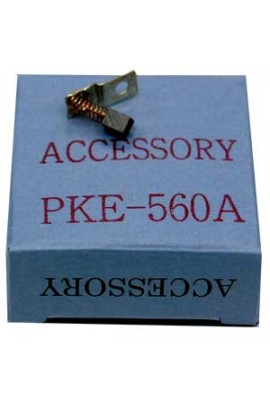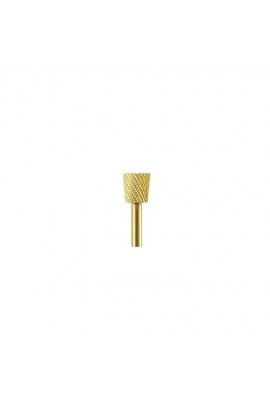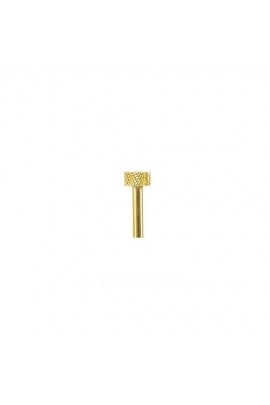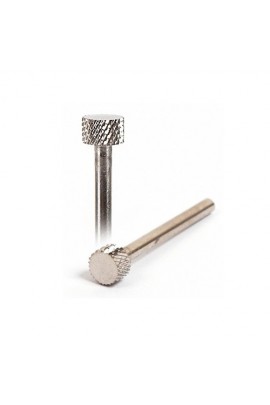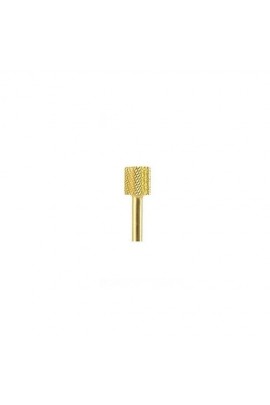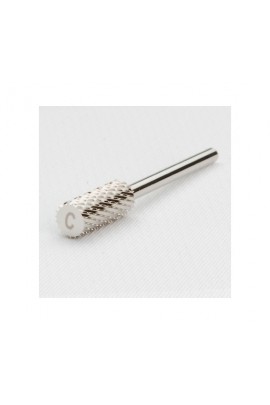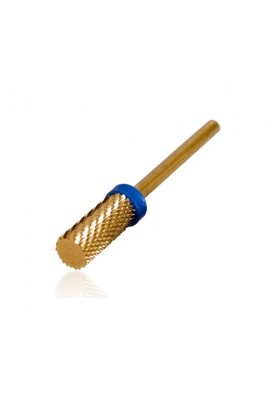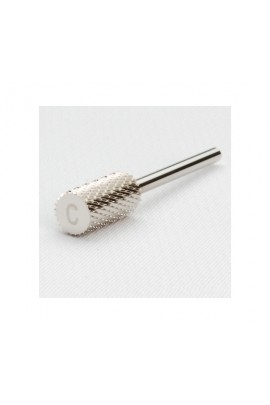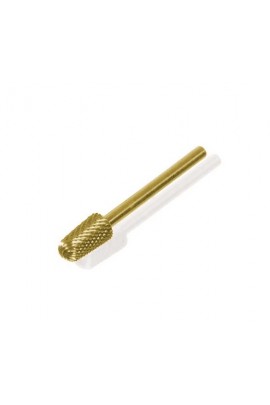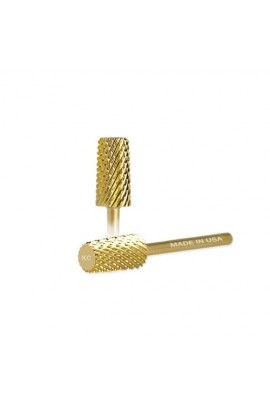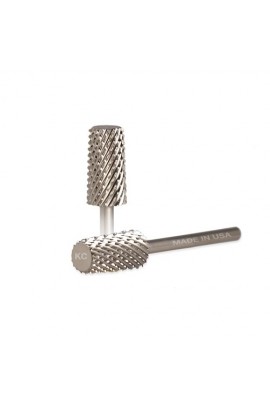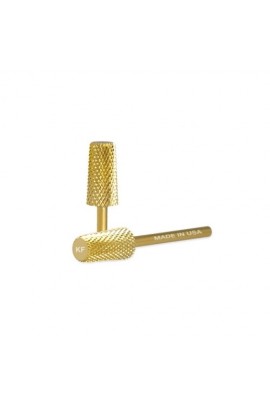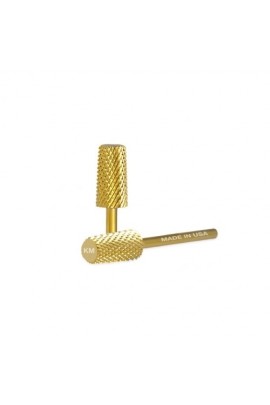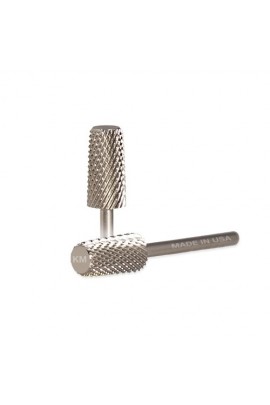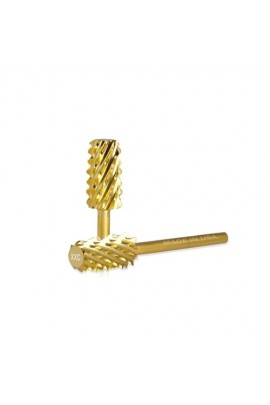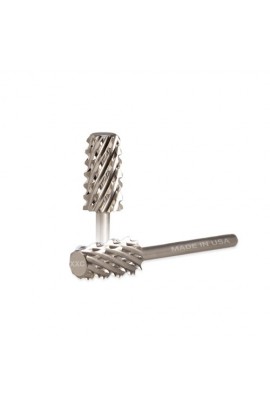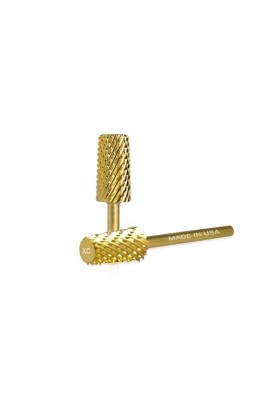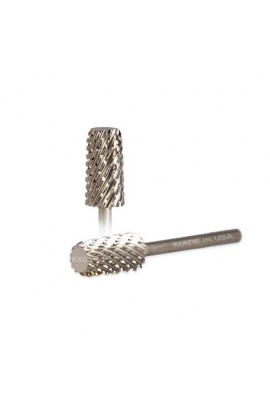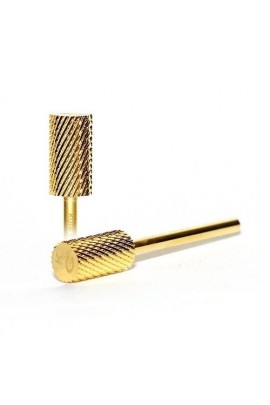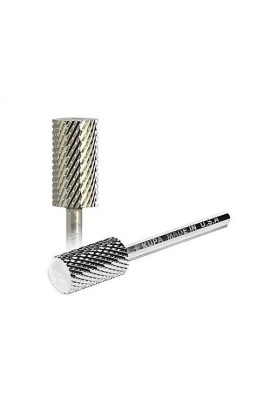Kupa
Kupa Carbon Brushes Replacement for U-Power 200
Two new Carbon Brushes for the U-Power 200 Motor. Most motors just need to have these carbon brushes replaced. ..
$25.45
Kupa Elite Inverted Backfill Carbide Bit - 3/32" - Gold
Carbide bits have little blades (like microscopic razor blades) that cut at an angle. It actually shaves the acrylic, which means less pressure is required. This results in less dust, and since there's less friction there is less heat. ..
$7.95
Kupa Elite 2 Week Backfill Carbide Bit - Medium - 3/32" - Gold
Carbide bits have little blades (like microscopic razor blades) that cut at an angle. It actually shaves the acrylic, which means less pressure is required. This results in less dust, and since there's less friction there is less heat. ..
$7.95
Kupa Elite 2 Week Backfill Carbide Bit - Medium - 3/32" - Silver
Carbide bits have little blades (like microscopic razor blades) that cut at an angle. It actually shaves the acrylic, which means less pressure is required. This results in less dust, and since there's less friction there is less heat. ..
$7.95
Kupa Elite 4 Week Backfill Carbide Bit - Medium - 3/32" - Gold
Carbide bits have little blades (like microscopic razor blades) that cut at an angle. It actually shaves the acrylic, which means less pressure is required. This results in less dust, and since there's less friction there is less heat. ..
$7.95
Kupa Elite Large Barrel Carbide Bit - Extra Coarse - 3/32" - Silver
Carbide bits have little blades (like microscopic razor blades) that cut at an angle. It actually shaves the acrylic, which means less pressure is required. This results in less dust, and since there's less friction there is less heat. ..
$7.95
Kupa Elite Large Barrel Carbide Bit - Extra Extra Coarse - 3/32" - Silver
Carbide bits have little blades (like microscopic razor blades) that cut at an angle. It actually shaves the acrylic, which means less pressure is required. This results in less dust, and since there's less friction there is less heat. ..
$7.95
Kupa Elite Large Barrel Carbide Bit - Fine - 3/32" - Gold
Carbide bits have little blades (like microscopic razor blades) that cut at an angle. It actually shaves the acrylic, which means less pressure is required. This results in less dust, and since there's less friction there is less heat. ..
$7.95
Kupa Elite Large Barrel Carbide Bit - Fine - 3/32" - Silver
Carbide bits have little blades (like microscopic razor blades) that cut at an angle. It actually shaves the acrylic, which means less pressure is required. This results in less dust, and since there's less friction there is less heat. ..
$7.95
Kupa Elite Safety Bit - Medium- 3/32" - Gold
Carbide bits have little blades (like microscopic razor blades) that cut at an angle. It actually shaves the acrylic, which means less pressure is required. This results in less dust, and since there's less friction there is less heat. ..
$7.95
Kupa Elite Small Barrel Carbide Bit - Coarse - 3/32" - Silver
Carbide bits have little blades (like microscopic razor blades) that cut at an angle. It actually shaves the acrylic, which means less pressure is required. This results in less dust, and since there's less friction there is less heat. ..
$7.95
Kupa Elite Small Barrel Carbide Bit - Extra Coarse - 3/32" - Silver
Carbide bits have little blades (like microscopic razor blades) that cut at an angle. It actually shaves the acrylic, which means less pressure is required. This results in less dust, and since there's less friction there is less heat. ..
$7.95
Kupa Elite Small Barrel Carbide Bit - Medium - 3/32" - Silver
Carbide bits have little blades (like microscopic razor blades) that cut at an angle. It actually shaves the acrylic, which means less pressure is required. This results in less dust, and since there's less friction there is less heat. ..
$7.95
Kupa K-Star - 3-In-1 Carbide Bit - Course - 3/32" - Gold
Carbide bits have little blades (like microscopic razor blades) that cut at an angle. It actually shaves the acrylic, which means less pressure is required. This results in less dust, and since there's less friction there is less heat. ..
$13.95
Kupa K-Star - 3-In-1 Carbide Bit - Course - 3/32" - Silver
Carbide bits have little blades (like microscopic razor blades) that cut at an angle. It actually shaves the acrylic, which means less pressure is required. This results in less dust, and since there's less friction there is less heat. ..
$13.95
Kupa K-Star - 3-In-1 Carbide Bit - Fine - 3/32" - Gold
Carbide bits have little blades (like microscopic razor blades) that cut at an angle. It actually shaves the acrylic, which means less pressure is required. This results in less dust, and since there's less friction there is less heat. ..
$13.95
Kupa K-Star - 3-In-1 Carbide Bit - Medium - 3/32" - Gold
Carbide bits have little blades (like microscopic razor blades) that cut at an angle. It actually shaves the acrylic, which means less pressure is required. This results in less dust, and since there's less friction there is less heat. ..
$13.95
Kupa K-Star - 3-In-1 Carbide Bit - Medium - 3/32" - Silver
Carbide bits have little blades (like microscopic razor blades) that cut at an angle. It actually shaves the acrylic, which means less pressure is required. This results in less dust, and since there's less friction there is less heat. ..
$13.95
Kupa K-Star - 3-In-1 Carbide Bit - X-Xtra Course - 3/32" - Gold
Carbide bits have little blades (like microscopic razor blades) that cut at an angle. It actually shaves the acrylic, which means less pressure is required. This results in less dust, and since there's less friction there is less heat. ..
$13.95
Kupa K-Star - 3-In-1 Carbide Bit - X-Xtra Course - 3/32" - Silver
Carbide bits have little blades (like microscopic razor blades) that cut at an angle. It actually shaves the acrylic, which means less pressure is required. This results in less dust, and since there's less friction there is less heat. ..
$13.95
Kupa K-Star - 3-In-1 Carbide Bit - Xtra Course - 3/32" - Gold
Carbide bits have little blades (like microscopic razor blades) that cut at an angle. It actually shaves the acrylic, which means less pressure is required. This results in less dust, and since there's less friction there is less heat. ..
$13.95
Kupa K-Star - 3-In-1 Carbide Bit - Xtra Course - 3/32" - Silver
Carbide bits have little blades (like microscopic razor blades) that cut at an angle. It actually shaves the acrylic, which means less pressure is required. This results in less dust, and since there's less friction there is less heat. ..
$13.95
Kupa K-Star - Large Barrel Carbide Bit - Course - 3/32" - Gold
Carbide bits have little blades (like microscopic razor blades) that cut at an angle. It actually shaves the acrylic, which means less pressure is required. This results in less dust, and since there's less friction there is less heat. ..
$11.95
Kupa K-Star - Large Barrel Carbide Bit - Course - 3/32" - Silver
Carbide bits have little blades (like microscopic razor blades) that cut at an angle. It actually shaves the acrylic, which means less pressure is required. This results in less dust, and since there's less friction there is less heat. ..
$11.95

